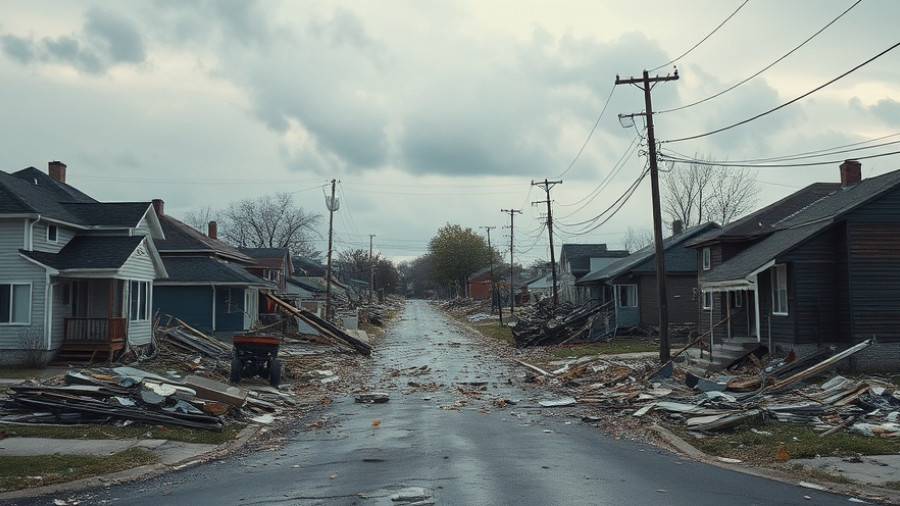
Woven City: A Technological Oasis or an Overblown Experiment?
Toyota Motor Corp. recently celebrated the opening of Woven City, a 47,000-square-meter experimental town located near Mount Fuji in Shizuoka, Japan. Described as a potential incubator for cutting-edge technologies like autonomous driving and AI, the city stands as a testament to Toyota's ambition to regain its competitive edge in a rapidly changing automotive landscape. The essence of Woven City, however, raises questions: Can such a project bear fruit in a world dominated by battery-powered vehicles and sophisticated software?
The Slow March Towards Innovation
During a recent media tour of Woven City, few pedestrians were seen exploring the expansive, spotless pathways that wind their way through the site. For a project aimed at revolutionizing urban living and technological integration, the absence of activity captured a sense of uncertainty. During demonstrations, technologies like electric scooters and automated grocery delivery robots showcased the city's promise. However, the key figures in charge shared cautious sentiments. Daisuke Toyoda, Woven City’s Executive Vice President, voiced concerns about the timeline for tangible results, mentioning it might take five years to see meaningful outcomes.
Bridging a Crucial Gap in the Automotive Industry
Toyota's entry into this ambitious landscape reflects an industry-wide transformation. Traditional car manufacturers have found themselves in competition with powerful EV brands such as Tesla and BYD, companies that haven't contended with the same legacy baggage. The automotive industry's shift to electric and software-defined vehicles has highlighted a significant weakness within established hagglers: a lack of robust software integration to spruce up their vehicles. As noted by auto analyst Julie Boote, “Woven City represents a crossroads for Toyota.” The city might not translate into profit but serves a larger purpose: to cater to technological experimentation in the automotive sector.
Financial Viability and Public Perception
One of the stark realities Toyota faces is whether Woven City can be conceived as a profitable venture. Earlier, Akio Toyoda himself alluded to the possibility that this futuristic city may not yield direct financial returns. Yet he emphasized a commitment to investing in a sustainable future. The notion of a ‘living laboratory’ was initially posited five years ago under Akio's leadership, but skepticism remains in the air. Analysts point out that despite its innovative undertakings, Woven City may struggle to establish relevance in a demanding automotive landscape.
Understanding the Larger Impact on Consumers
For vehicle owners and those navigating insurance claims related to vehicle accidents, the evolution symbolized by Woven City can have broader implications. As the automotive industry evolves, so, too, does the nature of car accidents, claims, and repairs. Innovations stemming from projects like Woven City could redefine vehicle design and safety protocols, directly affecting future insurance claims and the processes involved in filing them.
Claiming Success in an Evolving Landscape
As discussions surrounding technological advancements continue, it’s important for consumers to stay informed about how these changes impact their rights and responsibilities when it comes to accidents. Understanding the innovations being tested in Woven City may help demystify how emerging technologies could influence claim processes and potential negotiations with insurance adjusters. By staying informed, vehicle owners can better navigate the future landscape of property damage claims and insurance settlements.
Your Next Steps as a Consumer
As Woven City rolls out its technology, consider how it might influence the future of vehicles you're driving today. Begin by examining your current insurance policies and understanding your rights. Familiarize yourself with the claims process, keep detailed records of any accidents, and know how to file a claim effectively. The groundwork for the next revolution in vehicle technology is being laid at Woven City, and being prepared could place you in a stronger position when dealing with potential accidents in the future.
Woven City may represent a bold step forward for Toyota and the broader automotive industry, but staying proactive in understanding these changes can empower consumers. With knowledge, you can face future insurance claims with confidence while advising others on navigating these complex waters.
 Add Row
Add Row  Add
Add 




Write A Comment